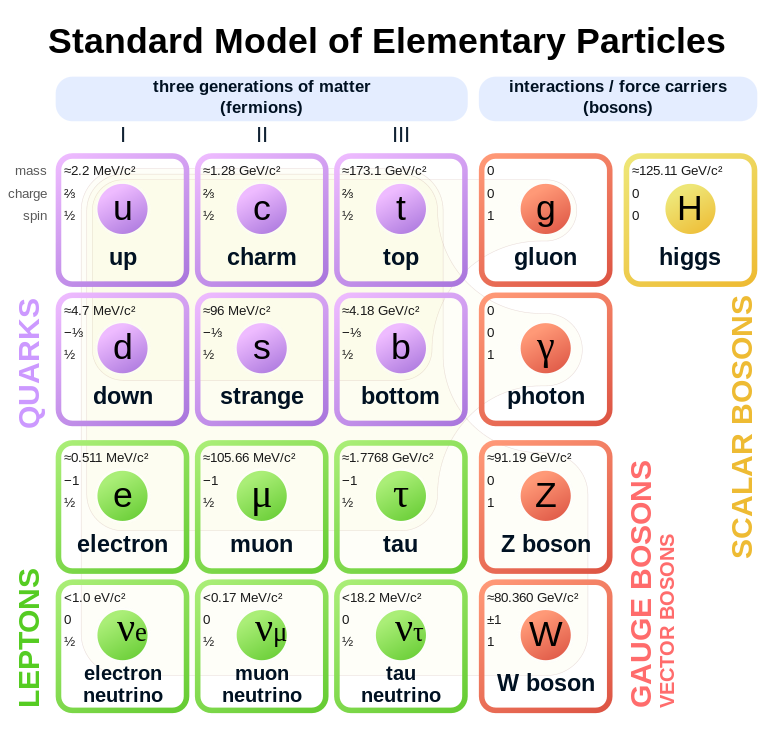Google shares break $1,000 barrier as mobile pays off
The new Nexus 7 tablet is demonstrated during a Google event at Dogpatch Studio in San Francisco, California, …
By Soham Chatterjee and Alexei Oreskovic
SAN FRANCISCO (Reuters) - Google Inc shares jumped past $1,000 on Friday as investors bet on the Internet company's continued dominance of the mobile and video advertising businesses despite aggressive competition from Facebook Inc and Yahoo Inc.
Shares of the world's No. 1 search company rose more than 14 percent to an all-time high of $1,015.46, swelling its market value by about $40 billion.
That vaulted Google past Microsoft Corp and Berkshire Hathaway Inc in capitalization and brought it to No. 3 among U.S. companies, behind only Apple Inc and Exxon Mobil Corp.
Google, whose Android is the world's most-used mobile software and YouTube is the most popular video-streaming service, on Thursday reported a 23 percent jump in net revenue from its Internet business. Advertising volume soared 26 percent - the highest rate of growth in the past year - and more than made up for an 8 percent slide in ad prices.
But given concerns about how U.S. companies can increase revenue in an uncertain global economy, those numbers suggested Google was firing on all cylinders except for its perennially money-losing Motorola unit, analysts said.
"Google's ownership of the Android ecosystem makes Google like the house, in Vegas terms," said Stifel Nicolaus analyst Jordan Rohan. "The success of Android, which becomes more and more popular every day, is starting to really add up, and Google is collecting small tolls along the way."
Rohan said accelerating revenue growth outside the United States and the UK was impressive, particularly in South Korea and Japan. "That could go on a while," he said.
At least 16 brokerages raised their price targets on the stock to between $880 and $1,220. The shares were up 13.7 percent, or $121.82, at $1010.62 on Nasdaq at mid-afternoon.
"We view solid paid clicks growth to be a good indicator of demand, driven by the continued shift to mobile," JPMorgan analysts said. They had expected 21.5 percent growth in ad volumes.
BEWARE ...
While much of Wall Street raised their price targets to above $1,000, Brian Wieser of Pivotal Research Group kept his at $880 and rated Google a hold.
Some analysts warn that spending on ambitious projects with as-yet unproven commercial potential - self-driving cars and wearable Google Glass being among them - may erode margins. Wieser estimated that, excluding traffic acquisition costs, gross margins slipped to 34.9 percent in the third quarter from 37.2 percent in the previous three months.
Facebook and Twitter Inc, which will soon raise $1 billion or more in this year's most-anticipated initial public offering, may also increasingly grab smaller customers from Google.
And then there is Motorola - which only recently began selling the vastly customizable Moto X smartphone in a bid to reverse years of losses and finally generate growth. Sales numbers are not yet available but reviews generally dismiss the device's chances of displacing, say, the iPhone.
Motorola, acquired by Google in 2012, racked up a loss of $218 million before items in the third quarter, more than four times the $49 million it lost a year earlier.
"While we acknowledge that most investors will look at Google more positively following this quarter, we think that over time issues such as margin erosion, competition and capital intensity will eventually impact the stock," Wieser said, explaining his below-average price target.
A STUDY IN CONTRASTS
Google's Friday rally stemmed in part from investors' focus on Facebook and its own increasingly successful efforts to sell advertising on mobile devices. Google stock had gained just 26 percent this year, while Facebook's has almost doubled.
Google and Facebook, which is expected to report its third-quarter results on October 30, also stand head-and-shoulders above the likes of Yahoo. The once-dominant Internet portal this week reported a tepid quarter, losing market share in display and search advertising.
Facebook rose 3.6 percent to $54.08 on Friday, while Yahoo was up 2 percent at $33.40. Baidu Inc, often called China's Google, gained 7.1 percent to $164.78.
Some say Google still has room for improvement. JPMorgan analysts said continued efforts to counter declines in ad rates might yield a major opportunity in the upcoming holiday season.
Google this year rolled out a service to help advertisers promote their products on a mix of smartphones, tablets and desktops. The move is also expected to bolster Google's overall advertising rates by mitigating the impact of mobile ads, which command lower rates.
Others say YouTube's potential remains only partly tapped. Ads on the site increased more than 75 percent in the quarter, with 40 percent of traffic now coming from mobile devices.
"We estimate that Google's key YouTube asset generated approximately $4 billion in revenue in 2012, positioning Google extremely well for the strong growth in video advertising," RBC Capital Markets analysts wrote.







